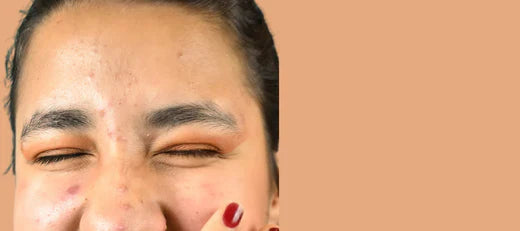
Unveiling The Mystery: White Bumps On Face That Are Not Milia
Introduction to white bumps on the face
Our faces are often the canvas of our emotions, the first thing people notice about us. Therefore, any unexpected blemish or anomaly on our facial skin can be cause for concern. One notable concern is the appearance of white bumps on the face. In this article, we'll delve into the mystery surrounding white spots on the face, not milia, exploring what they might be and how to address them.
Understanding milia: What are they and how do they differ?
Milia are small, white cysts that often appear on the face, particularly around the eyes and nose. These tiny bumps are caused by the trapping of dead skin cells beneath the surface of the skin. Unlike acne, milia are not related to the sebaceous glands or hair follicles, making them unique in their origin.
Milia are generally harmless and painless, but they can be aesthetically bothersome. They are commonly associated with newborns, but adults can also develop them. Removing milia typically involves gentle exfoliation or professional extraction by a dermatologist.
Also read: Understanding milia on face
Exploring other possible causes of white bumps on the face
While milia are a common culprit for white bumps on the face, several other conditions can manifest similarly. It's essential to consider alternative causes to ensure accurate diagnosis and appropriate treatment. Some of these causes include:
1. Acne
Whiteheads, a form of acne, can present as small white bumps on the face. Unlike milia, whiteheads are associated with the sebaceous glands and hair follicles, often accompanied by redness and inflammation.
2. Rosacea
A chronic skin condition, rosacea can lead to small, red or white bumps on the face. These bumps may be accompanied by facial flushing, visible blood vessels, and persistent redness.
3. Keratosis pilaris
Commonly known as "chicken skin," keratosis pilaris results in small, rough bumps that may appear white or flesh-coloured. This condition is caused by the buildup of keratin around hair follicles.
4. Sun damage
Prolonged contact with the sun can cause white patches or pimples on the skin. Sunburn, early ageing, and other sun-related skin damage can be the cause of these.
Also read: 6 Ways to Protect your Skin from Sun Damage
Diagnosis and treatment options for white bumps on the face
If you're dealing with persistent white bumps on your face and suspect they aren't milia, it's crucial to consult with a dermatologist for an accurate diagnosis. Dermatologists are trained to distinguish between various skin conditions and recommend suitable treatment options.
1. Visiting a dermatologist
A dermatologist will examine your skin, inquire about your medical history, and possibly conduct additional tests if needed. This thorough evaluation helps in determining the precise cause of the white bumps.
2. Topical treatments and skincare
Depending on the diagnosis, your dermatologist may recommend specific topical treatments and skincare routines. For conditions like acne, topical retinoids or antibiotics may be prescribed. Rosacea may be managed with topical medications or oral antibiotics. Gentle exfoliation and moisturisers can help address keratosis pilaris, while sun damage may require treatments like laser therapy or chemical peels.
The Clearing & Calming Acne Face Wash along with Acne Care & Healing Gel Moisturiser from The Pink Foundry stands out as a potent solution for combating stubborn acne with its carefully formulated blend of active ingredients.
Zinc oxide plays a crucial role in reducing inflammation, glycerin ensures proper hydration without clogging pores, calamine soothes irritated skin, and sulphur helps to unclog pores and eliminate acne-causing bacteria. This powerful combination makes The Overnight Acne Spot Corrector a reliable ally in the battle against acne, offering a targeted and overnight solution to wake up to clearer, healthier-looking skin.
Conclusion
While milia is a common explanation for white facial bumps, it's crucial not to dismiss other potential causes like acne, rosacea, keratosis pilaris, and sun damage. Achieving a clear complexion involves consulting a dermatologist for an accurate diagnosis and a customised treatment plan.
With continual advancements in skincare and dermatology, addressing these concerns is more accessible than ever. Keep in mind that a healthy and radiant complexion is not just attainable but also well within reach with the appropriate knowledge and professional guidance.
FAQs
1. Are white bumps always a cause for concern?
Not all white bumps are harmful. Some indicate common skin conditions. If you notice changes or have concerns, consult a dermatologist for a proper diagnosis and guidance.
2. Can white bumps be a sign of a more serious skin condition?
In some cases, yes. While many white bumps are harmless, they could also be indicative of more serious skin conditions. Consulting a dermatologist is crucial for a comprehensive evaluation and proper diagnosis.
3. Is it possible to treat white bumps at home?
The effectiveness of home treatment depends on the cause. Gentle exfoliation and skin care may help, but for accurate diagnosis and effective treatment, consult a dermatologist.
4. Do white bumps only appear on the face?
White bumps on the face that won't pop are not exclusive to the face. They can occur on the neck, chest, back, and arms. Location is crucial for diagnostic insights.
5. How long does it take to see results with topical treatments like The Overnight Acne Spot Corrector?
Results vary by skin condition. Overnight improvements can occur, but consistent use is key for significant results. Follow product guidelines and consult a dermatologist for personalised advice if needed.
6. What are the white bumps on my skin that are not milia?
White bumps that aren't milia could be closed comedones. These are flesh-coloured, small whiteheads with trapped dead skin or oils. Other possibilities include fungal acne or benign cysts. See a dermatologist for a proper diagnosis.
7. What are the white bumps on my face that won't pop?
Hard, painless white bumps that resist popping may be milia, keratin-filled cysts under the skin's surface. Do not try to pop them. One could see an esthetician for extractions. These bumps could also be closed comedones or pustules on the face.






















































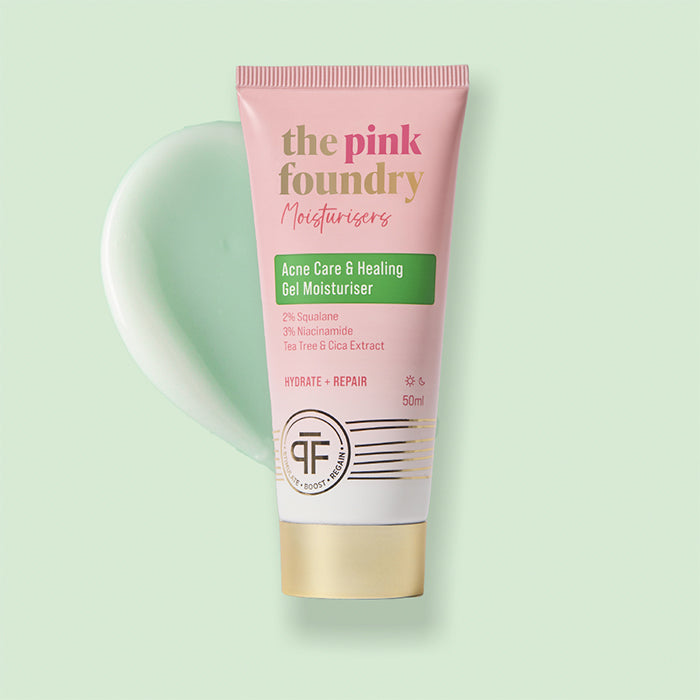
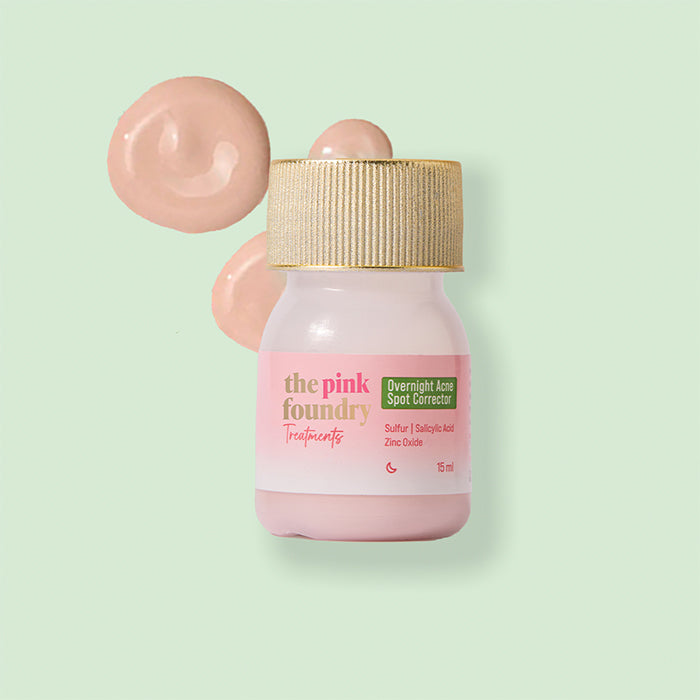

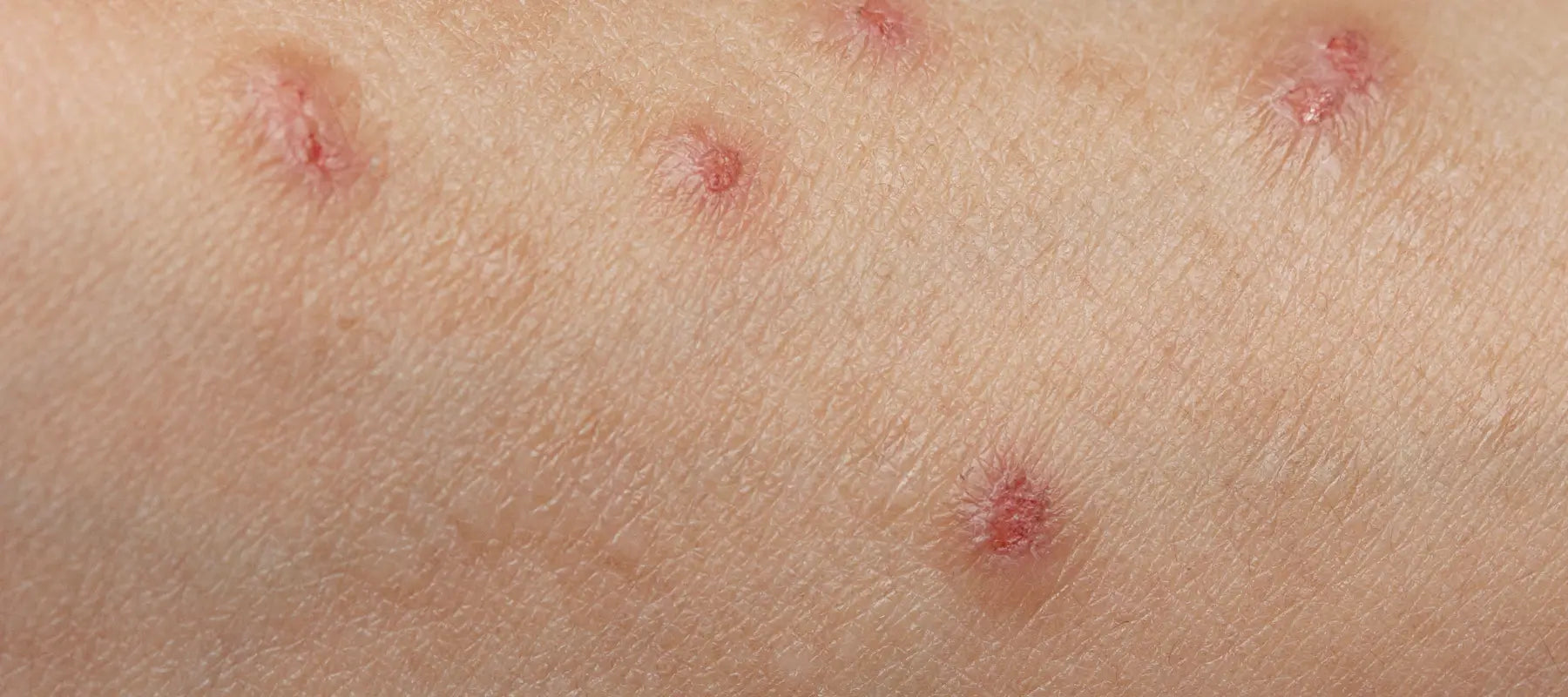
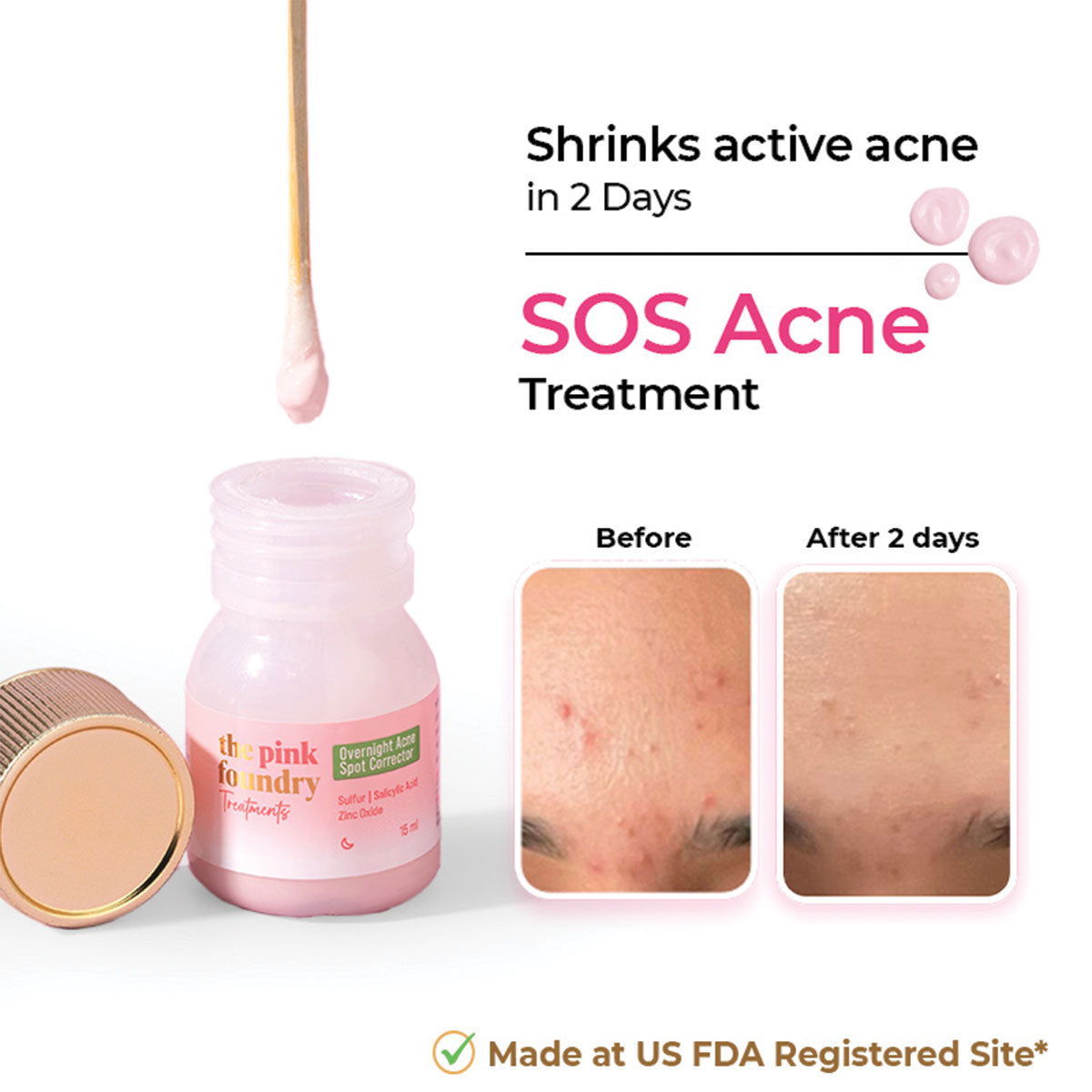
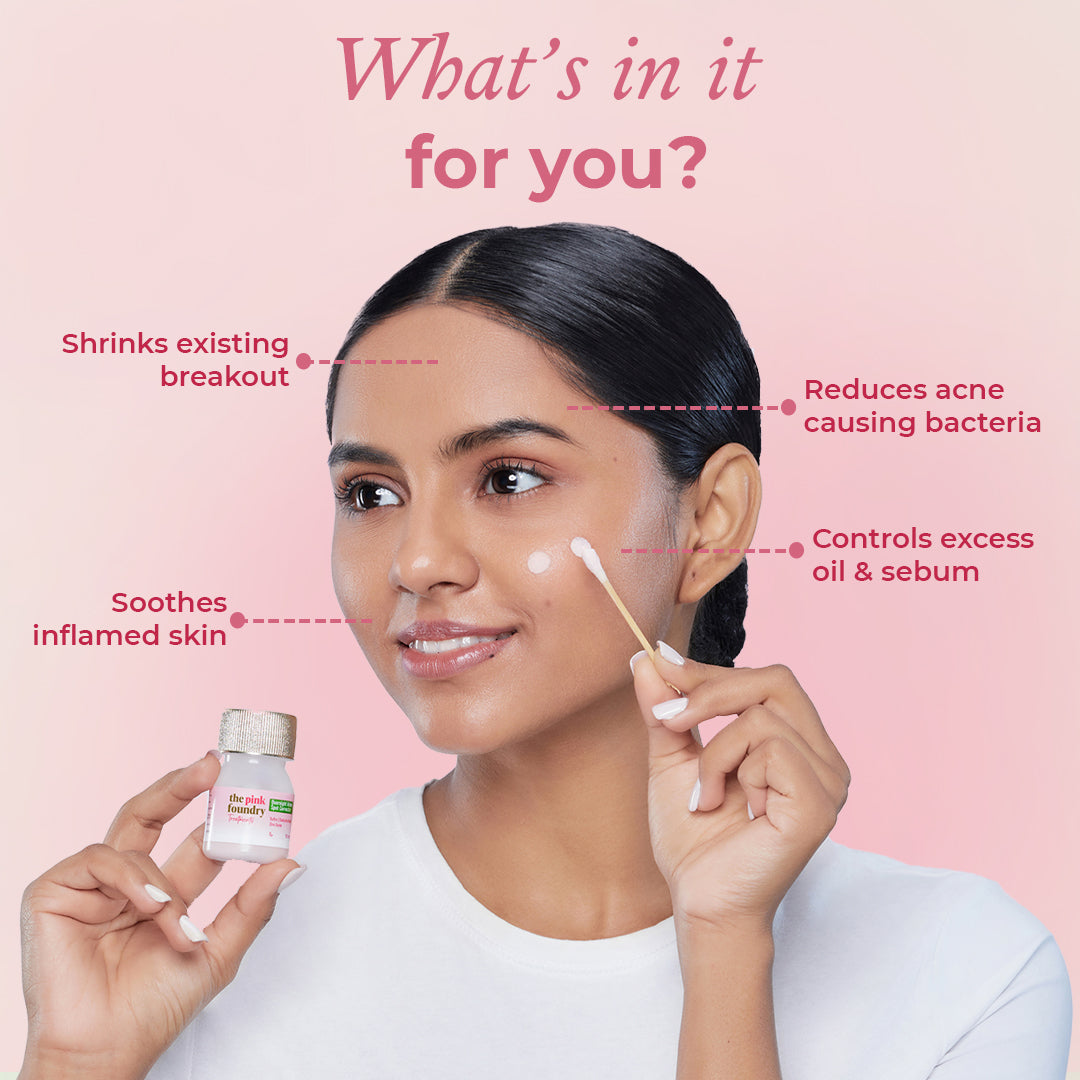
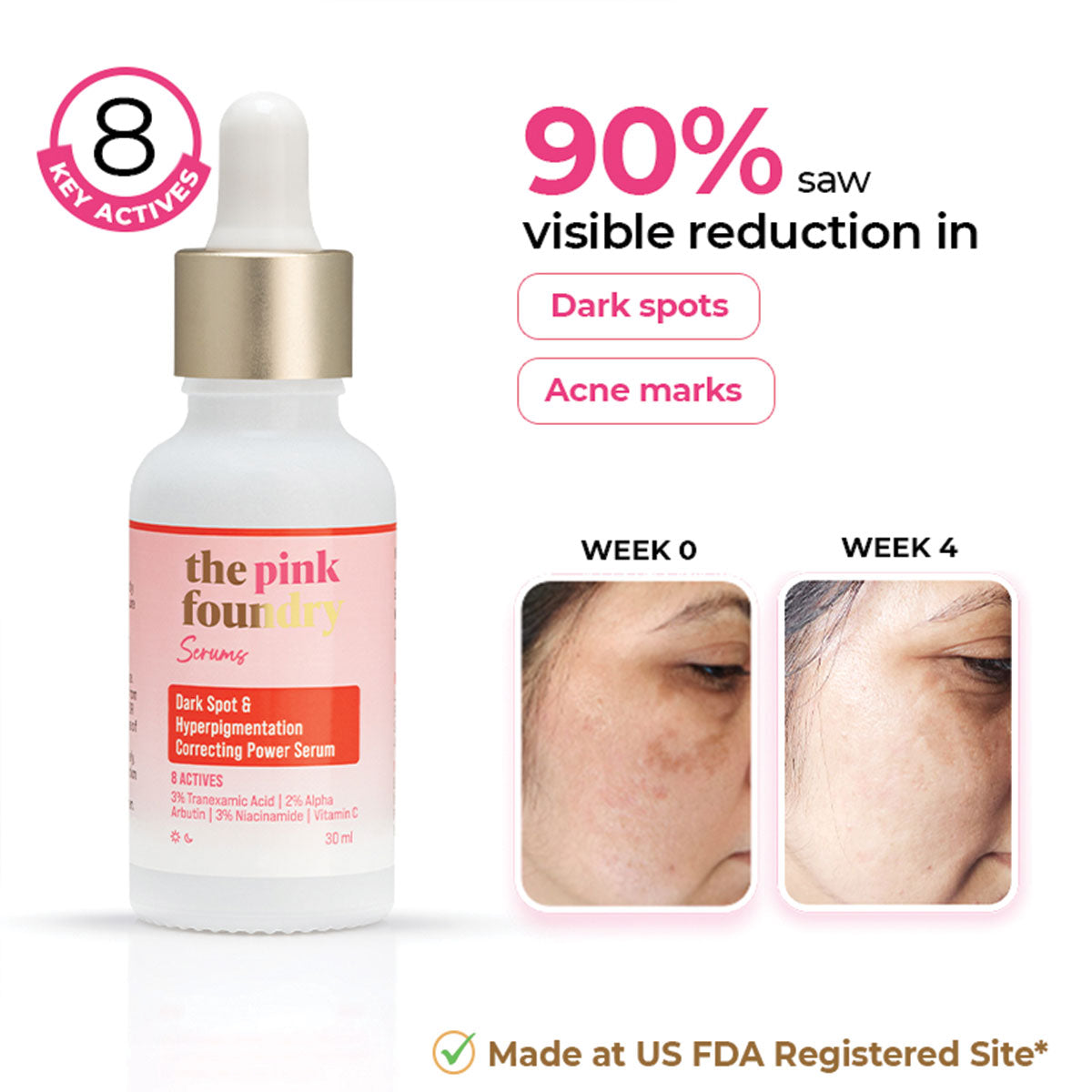
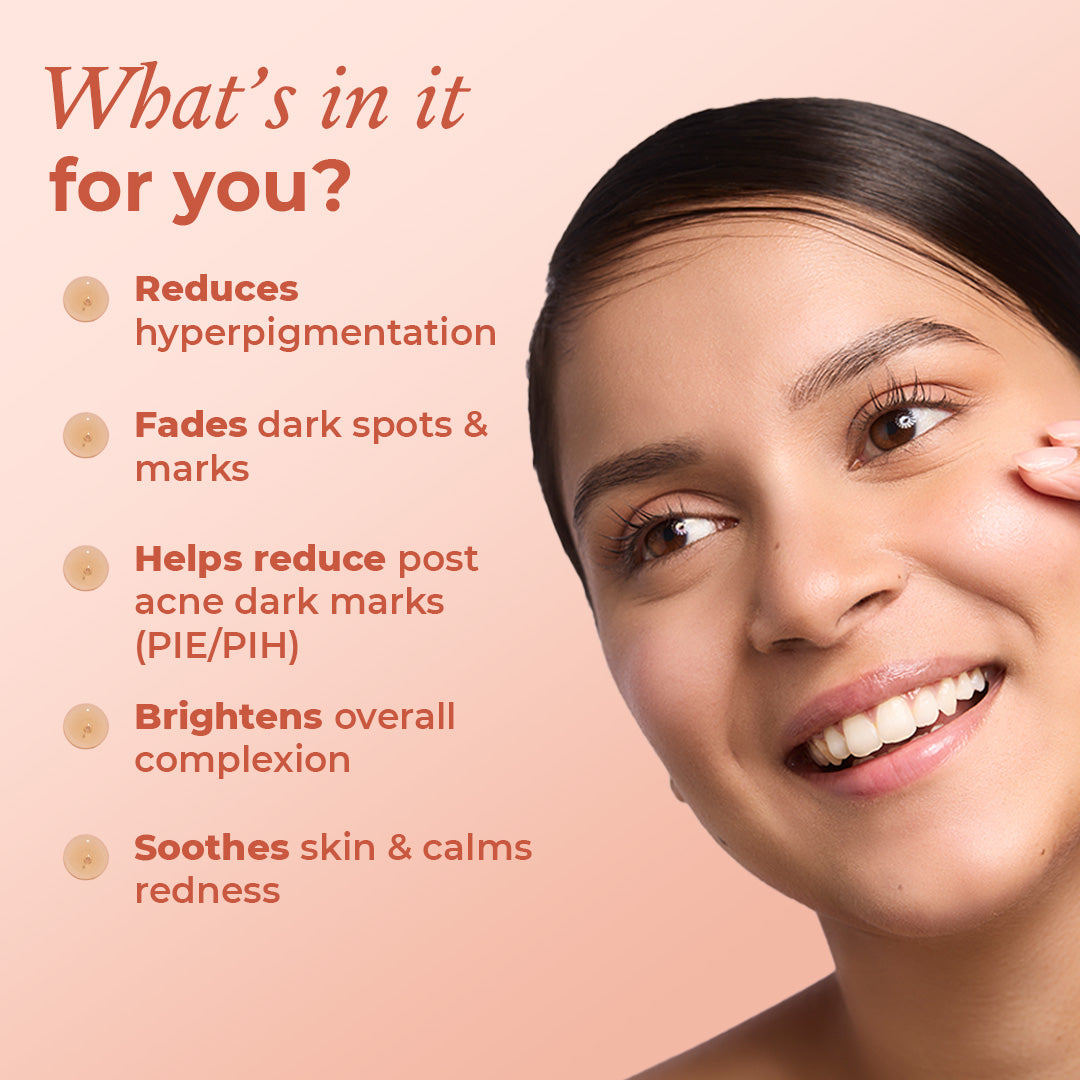
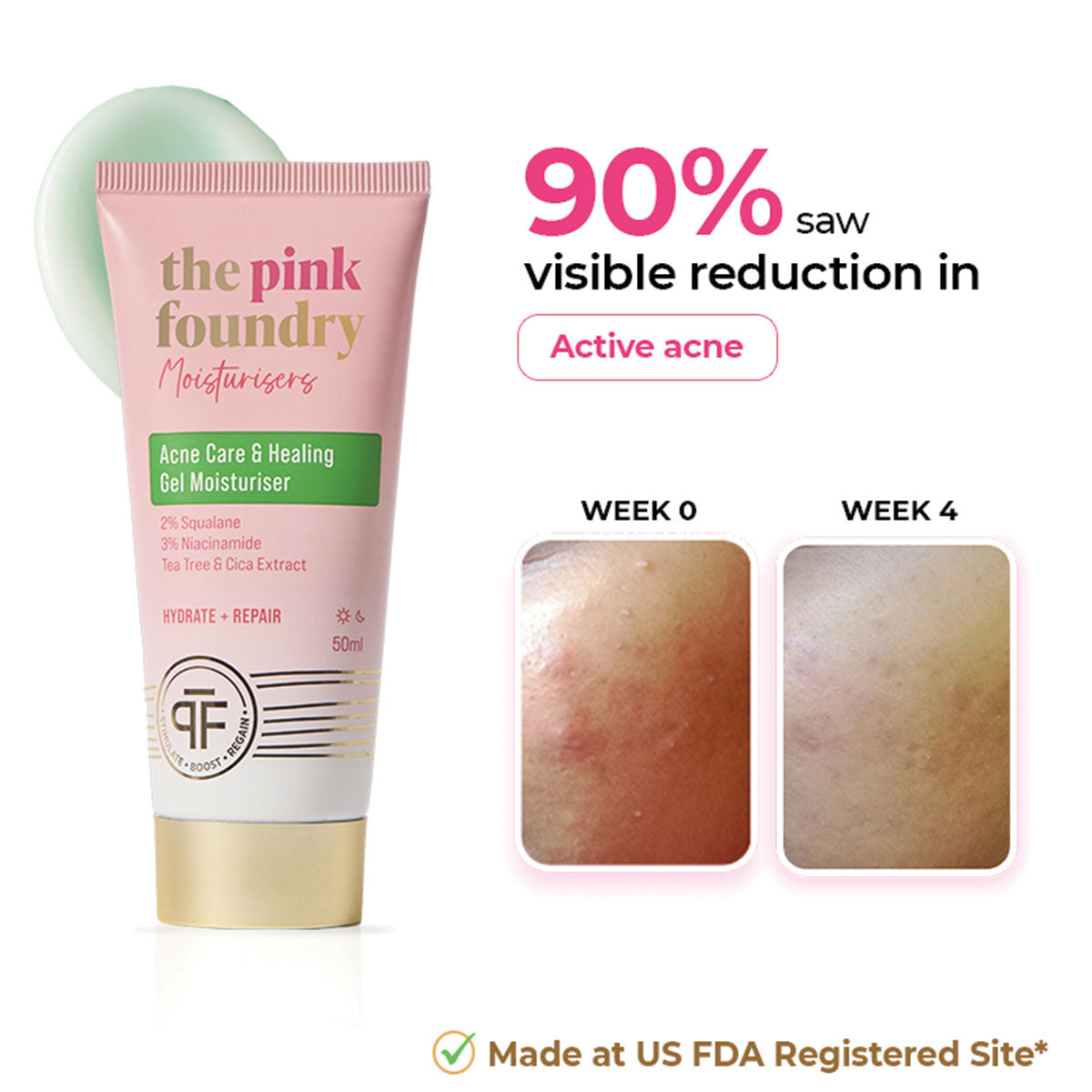
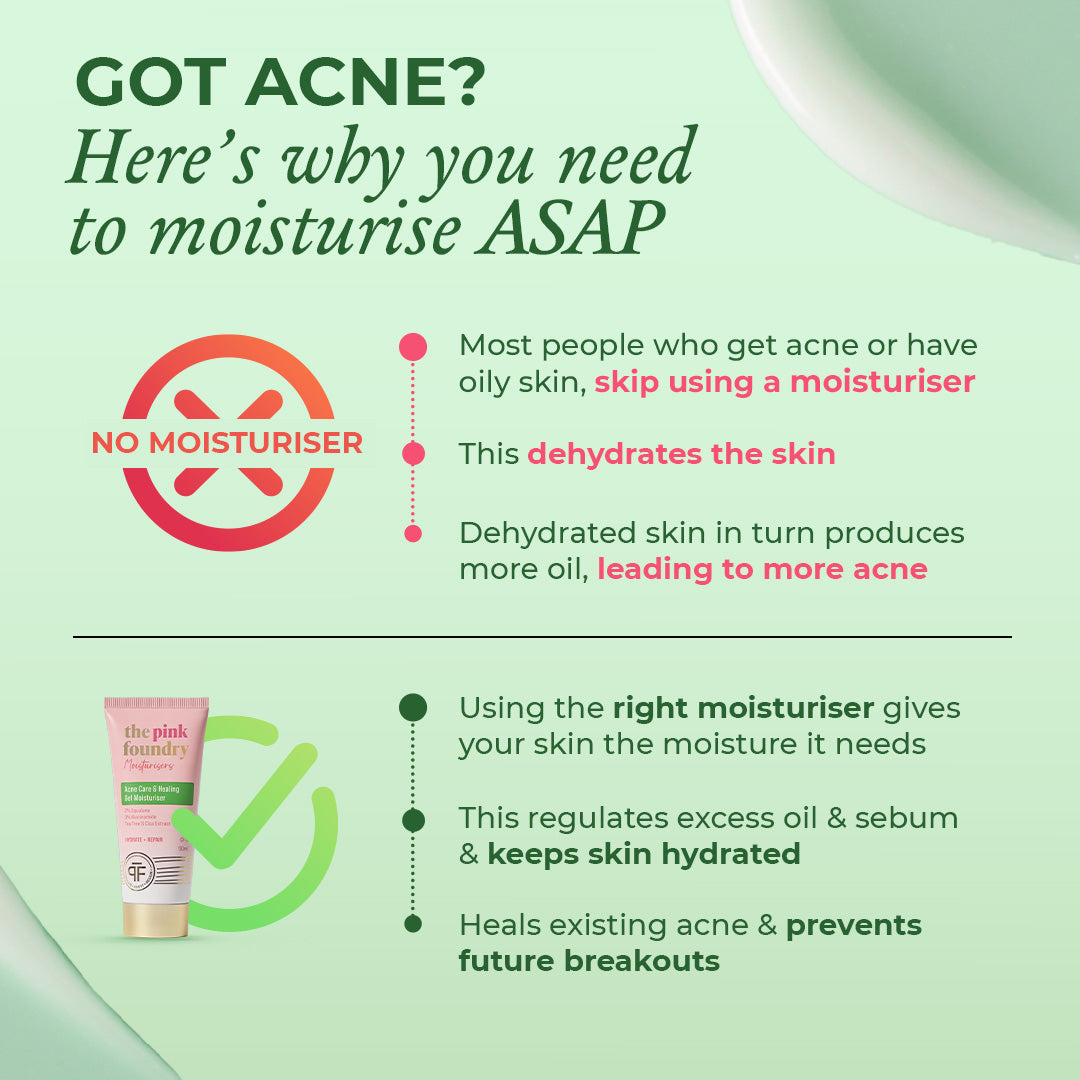
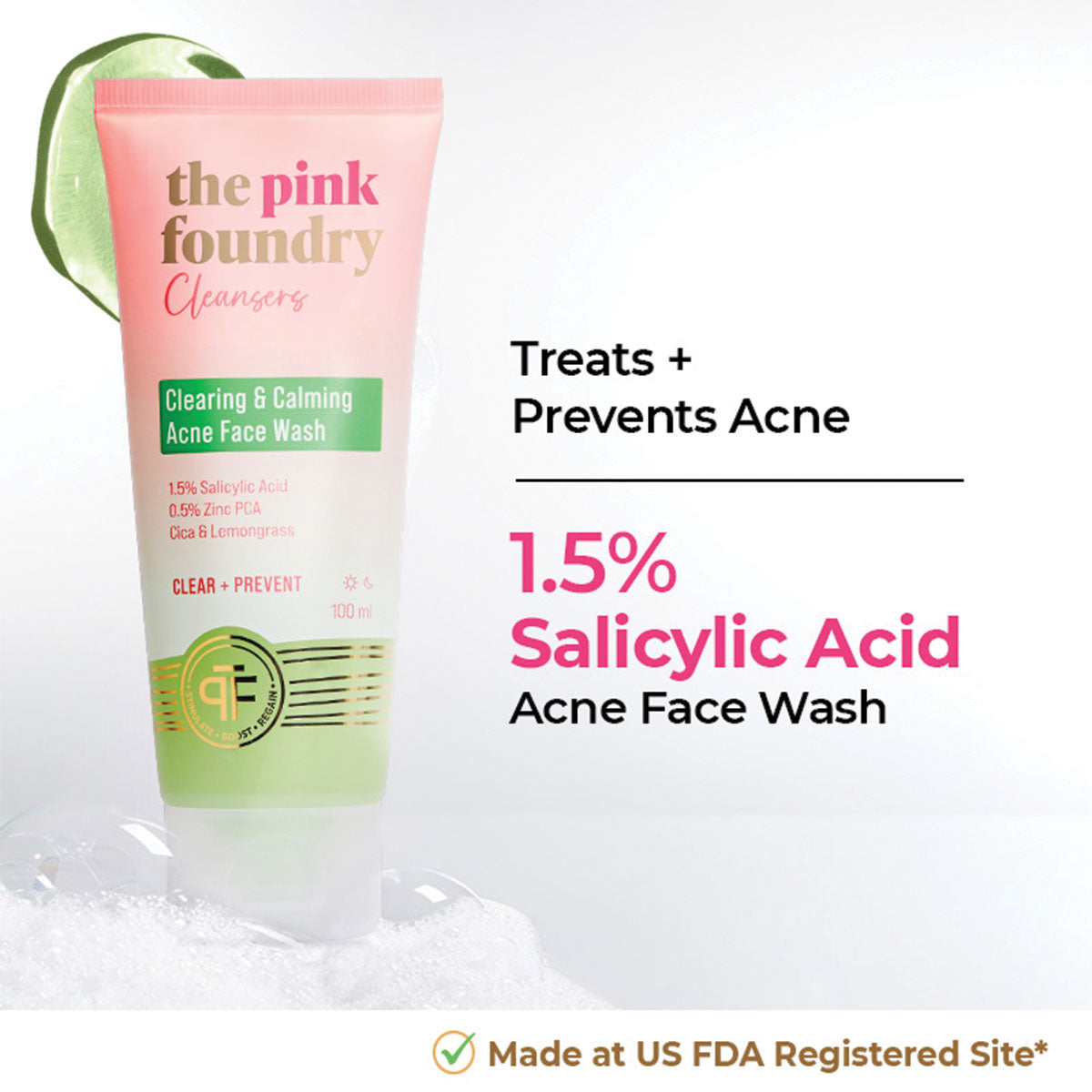
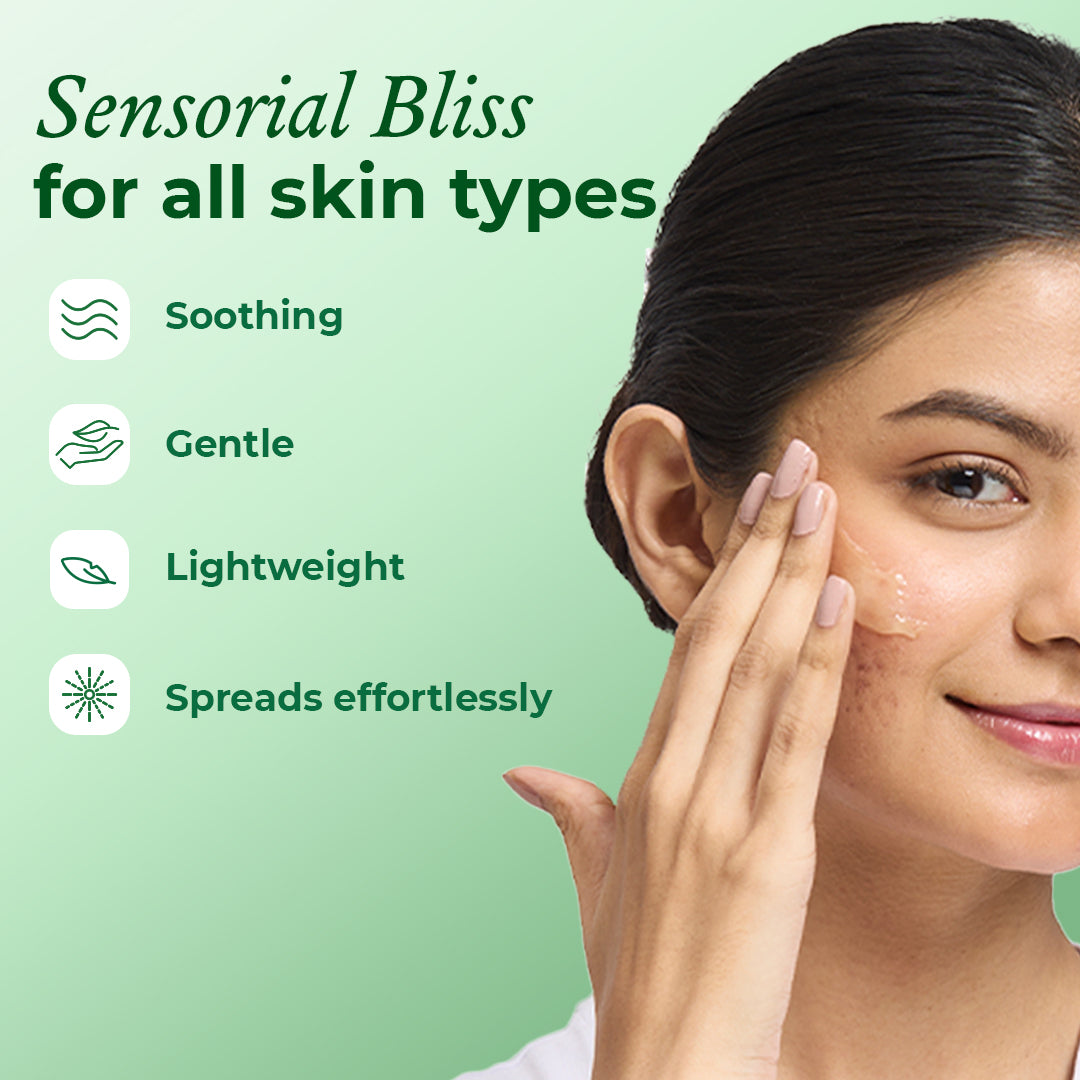
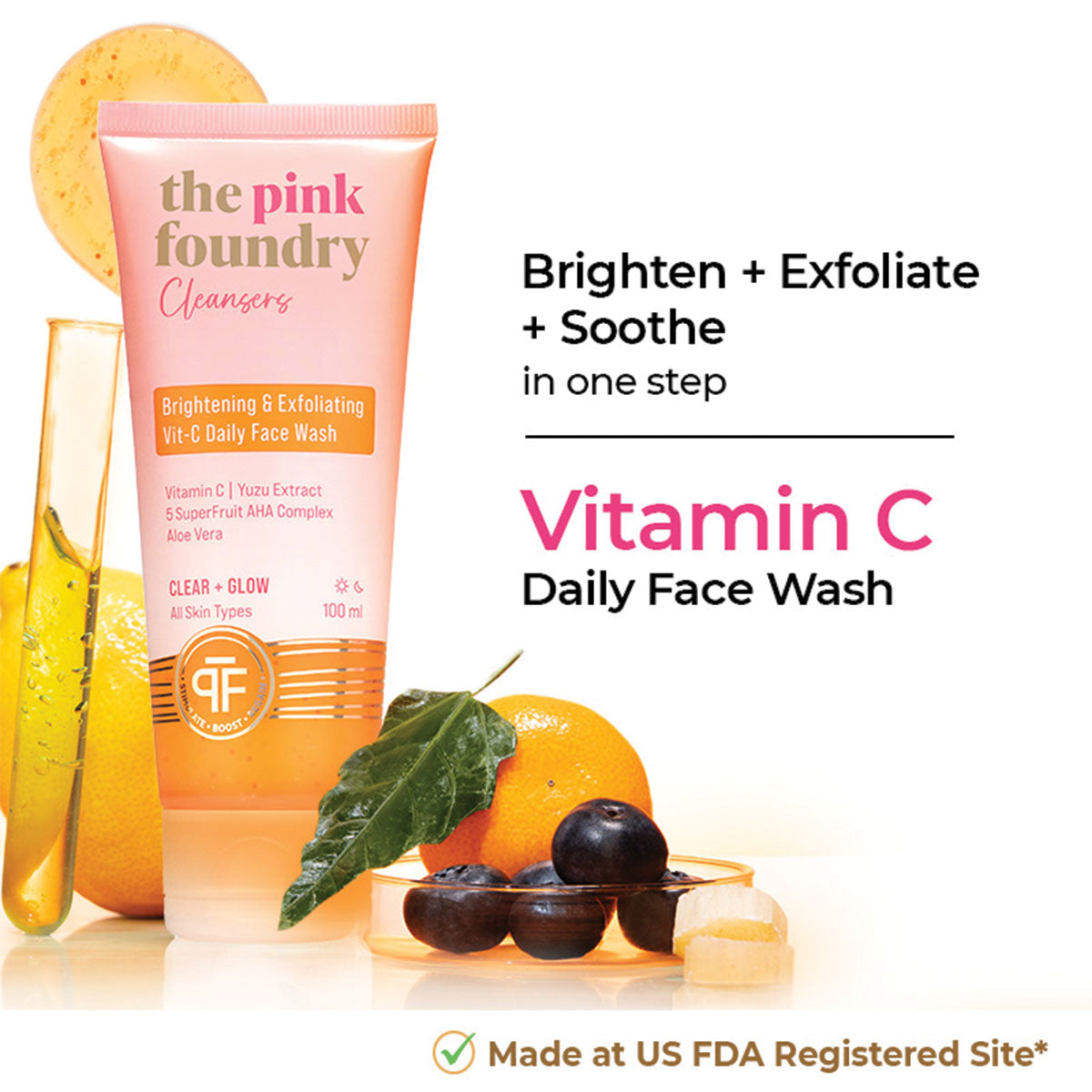
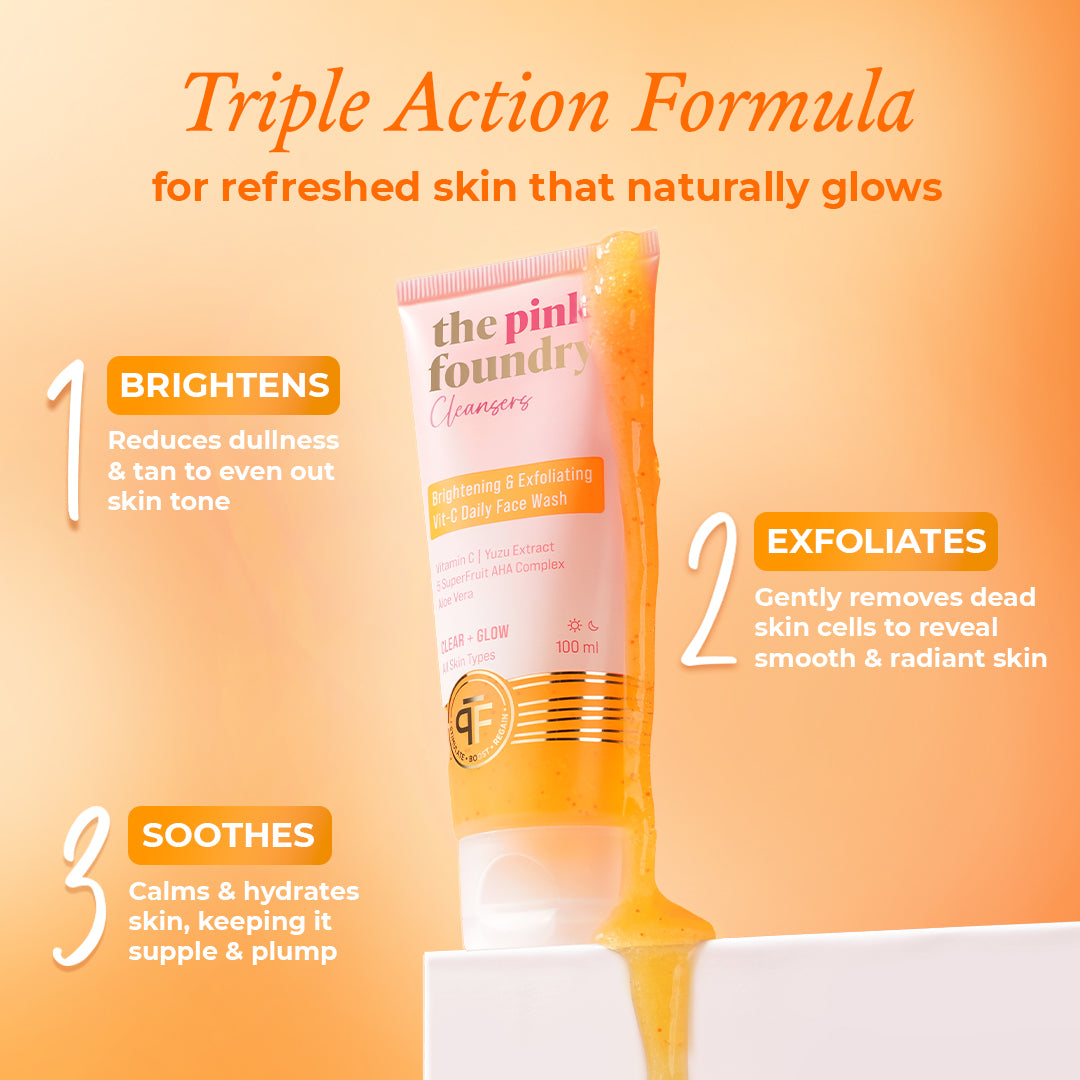

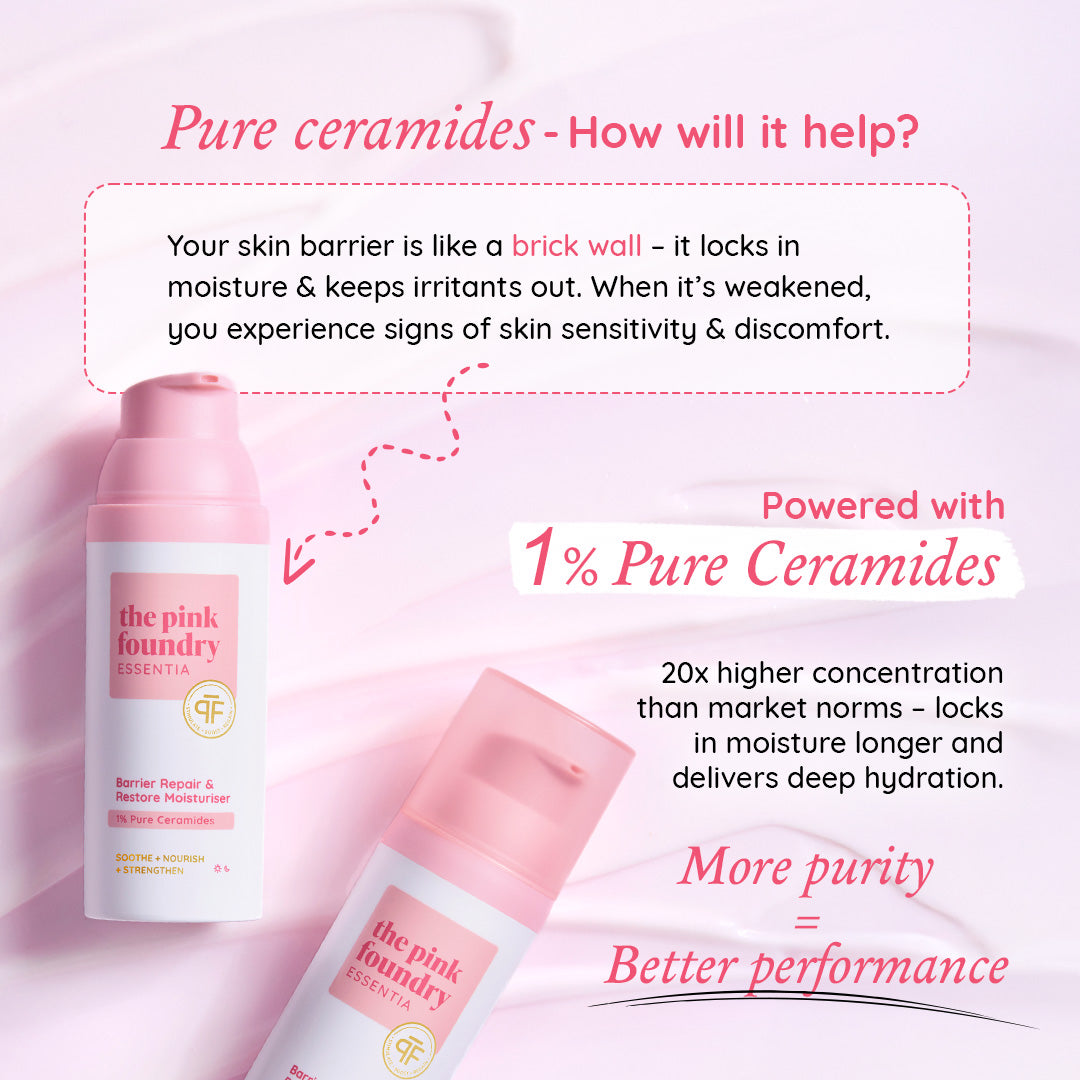




Leave a comment
This site is protected by hCaptcha and the hCaptcha Privacy Policy and Terms of Service apply.